Do Courgettes Like Coffee Grounds? Exploring Garden Myths
You’re in the middle of your gardening season and probably wondering if the leftover coffee grounds from your morning brew can benefit your plants. Coffee grounds are often used in composting and have been known to give certain veggies a boost. But do courgettes like coffee grounds? Yes, courgettes (also known as zucchinis) can benefit from the addition of coffee grounds to the soil.
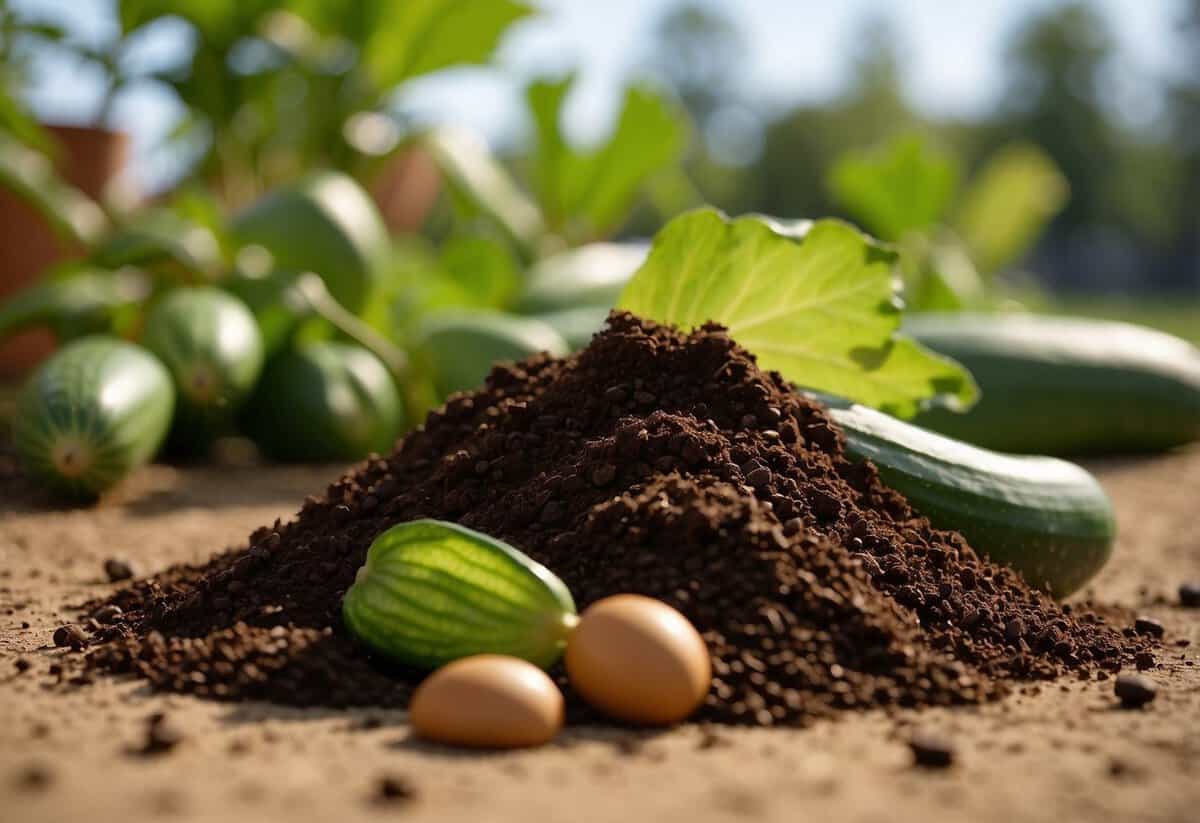
Courgettes thrive in well-drained, nutrient-rich soil, and coffee grounds can help improve these conditions. When you use coffee grounds for plants, you’re enriching the soil with organic matter that helps retain moisture and improves soil structure. This is particularly useful for courgettes, as they require consistent watering for optimal growth.
Adding coffee grounds to your garden not only benefits your courgettes but also attracts earthworms, which further enhance soil aeration. If you’re already into composting, you can easily mix coffee grounds into your compost pile to create a balanced nutrient mix. Happy gardening and enjoy a bountiful courgette harvest!
The Benefits of Coffee Grounds for Courgettes

Using coffee grounds can provide courgettes with essential nutrients, improve soil structure, and help deter pests. These benefits lead to healthier plants and better yields.
Nutritional Content and Plant Growth
Coffee grounds are rich in nitrogen, which is vital for plant growth. Nitrogen promotes lush, green foliage and can help your courgettes grow more vigorously. You can work coffee grounds into the soil or mix them with compost to release these nutrients over time.
In addition to nitrogen, coffee grounds contain potassium and phosphorus. Potassium helps courgettes develop strong roots and resist diseases. Phosphorus ensures healthy root and flower development, leading to productive plants.
For best results, use a balanced approach. Add a small amount of coffee grounds occasionally, mixing them into the soil around the plants. This avoids nutrient imbalances and over-fertilization.
Pest Deterrence and Coffee Grounds
Coffee grounds can act as a natural pest deterrent. Slugs and snails find coffee grounds unpleasant and may avoid areas where they’ve been spread. This can protect your courgettes from these common pests.
To use coffee grounds effectively, sprinkle them around the base of your courgette plants. This creates a barrier that pests are less likely to cross. Be sure to replace the grounds after heavy rains to maintain their effectiveness.
Using coffee grounds is an eco-friendly pest control method. It reduces your need for chemical pesticides, which is better for your garden’s ecosystem.
Soil Improvement and Structure
Adding coffee grounds can improve your garden soil’s structure. Coffee grounds contribute organic matter to the soil, enhancing its texture and water retention.
This improvement in soil structure ensures that your courgettes’ roots get enough oxygen and moisture. Well-structured soil also promotes better drainage, preventing root rot and other moisture-related problems.
Coffee grounds also encourage beneficial microorganisms in the soil. These microorganisms help decompose organic matter, releasing nutrients that your courgettes can absorb. They also improve soil aeration and overall health. Spread coffee grounds lightly and work them into the top few inches of soil around your courgette plants. This method ensures even distribution and optimal benefits.
Coffee Grounds in Composting
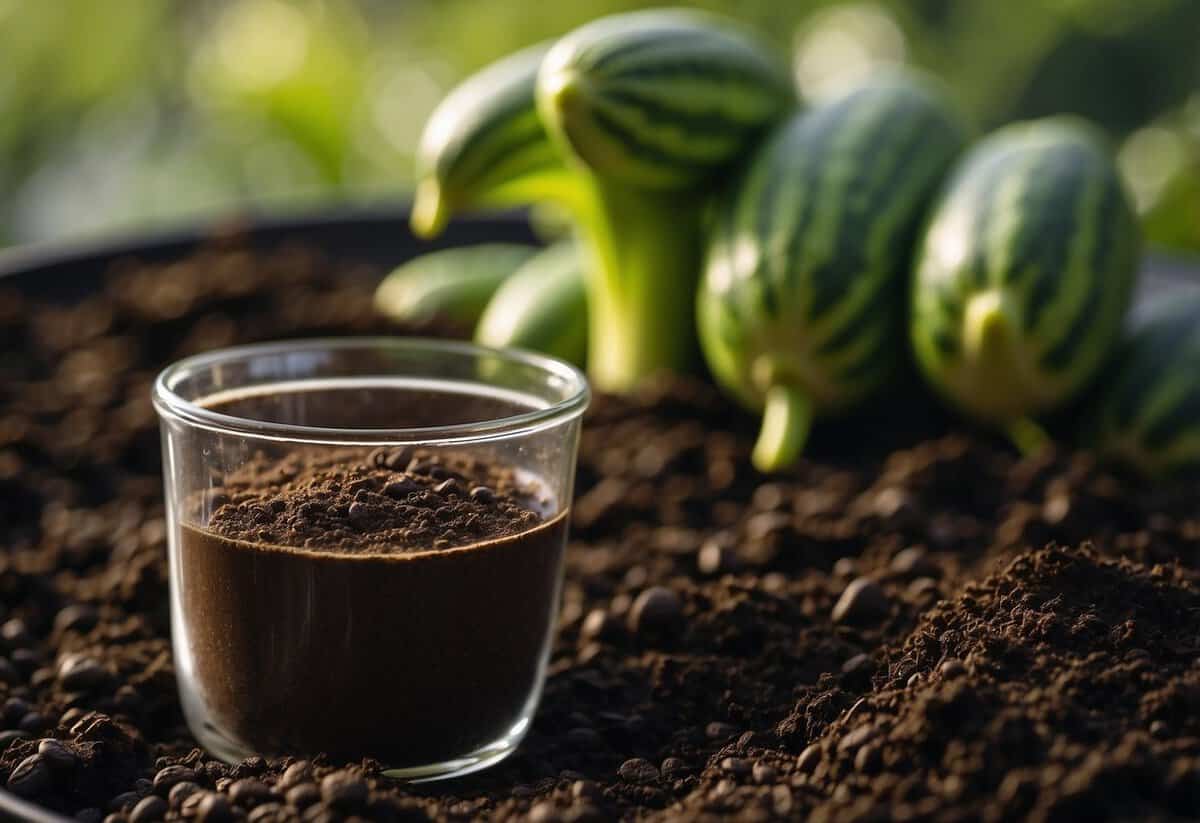
Coffee grounds can be a great addition to your compost pile. They are rich in nitrogen, which helps speed up the composting process and can improve soil quality. However, it’s important to balance them with other materials to create the best compost mix.
Creating the Perfect Compost Mix
When adding coffee grounds to your compost, it’s essential to balance “green” and “brown” materials. Coffee grounds are considered a green compost material along with grass clippings and vegetable scraps. These materials are rich in nitrogen.
To avoid a soggy mess, mix coffee grounds with brown materials like dry leaves, straw, and cardboard. A helpful ratio is about one part green to three parts brown. This blend provides the proper balance of nutrients and helps maintain good air circulation.
Turning the compost regularly ensures that it gets enough oxygen. Adding coffee grounds can also attract worms, which help break down organic matter and improve the compost quality. Make sure to keep the pile moist but not too wet to assist in breaking down the materials effectively.
Impact on Compost pH Level
You might worry about how coffee grounds affect the pH level of your compost. Coffee grounds are slightly acidic, but they are closer to neutral once composted. This means they won’t significantly alter the pH balance of your compost.
Balancing coffee grounds with other materials is crucial to maintain the right pH levels. This mixture ensures the compost is beneficial for a wide range of plants. If you’re still concerned, test your compost’s pH to make sure it’s within the ideal range for your garden.
Adding coffee grounds can also improve water retention in the compost. This helps keep your soil healthy and well-drained when you use the finished compost in your garden.
Remember: moderation is key when incorporating coffee grounds into your compost to maintain the appropriate nutrient balance and physical structure.
Dealing with Common Garden Pests
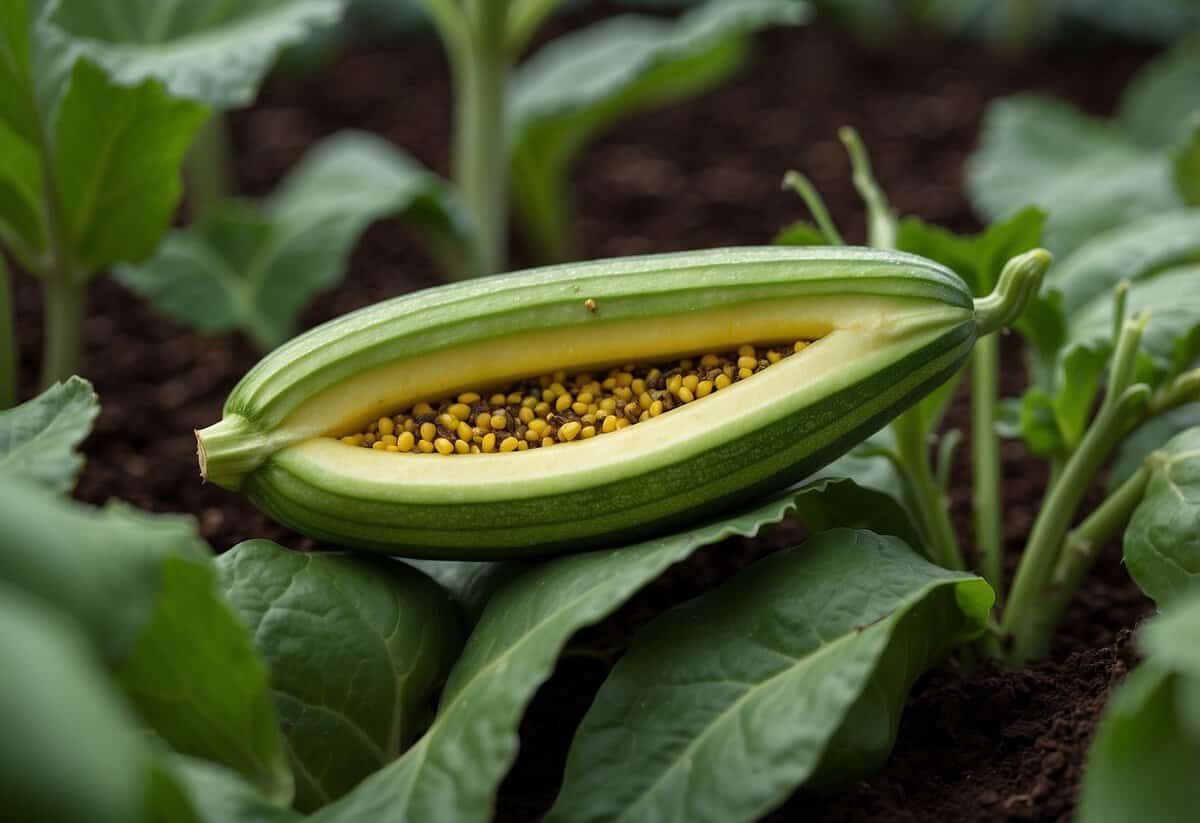
Coffee grounds can be an effective way to manage common garden pests. They can help deter pests such as slugs, snails, and even cats from your garden.
Natural Remedies Using Coffee Grounds
Coffee grounds are a simple and eco-friendly solution to keep pests away. They are particularly good at repelling slugs and snails. These pests dislike the texture of coffee grounds and will avoid crawling over them. To use this method, sprinkle dry coffee grounds around the base of your plants.
Another benefit is that coffee grounds can help repel ants. Ants are often found in gardens and can damage plants. Spreading coffee grounds around high-activity areas can help deter them.
Cats can also be a nuisance in gardens, digging up plants or using the area as a litter box. The strong smell of coffee grounds can discourage them from entering your garden. Spread coffee grounds along garden borders to help keep cats away. This method is safe for plants and pets.
Keeping Your Garden Critter-Free
For a more comprehensive approach, consider combining coffee grounds with other natural deterrents. For mulch, use a mix of coffee grounds and other organic material. This creates an extra layer of protection against pests.
Regularly checking for signs of pests and keeping your garden clean can also make a big difference. Remove any standing water and debris where pests might thrive. Monitoring and maintenance are key to a critter-free garden.
Using coffee grounds is a budget-friendly and effective method to protect your garden from common pests. These tips can help keep your garden healthy and flourishing.
Coffee grounds not only improve soil health but also serve as a natural pest deterrent. By incorporating these methods, you can enjoy a thriving garden without the worry of unwanted critters.
Optimizing Soil Health with Coffee Grounds
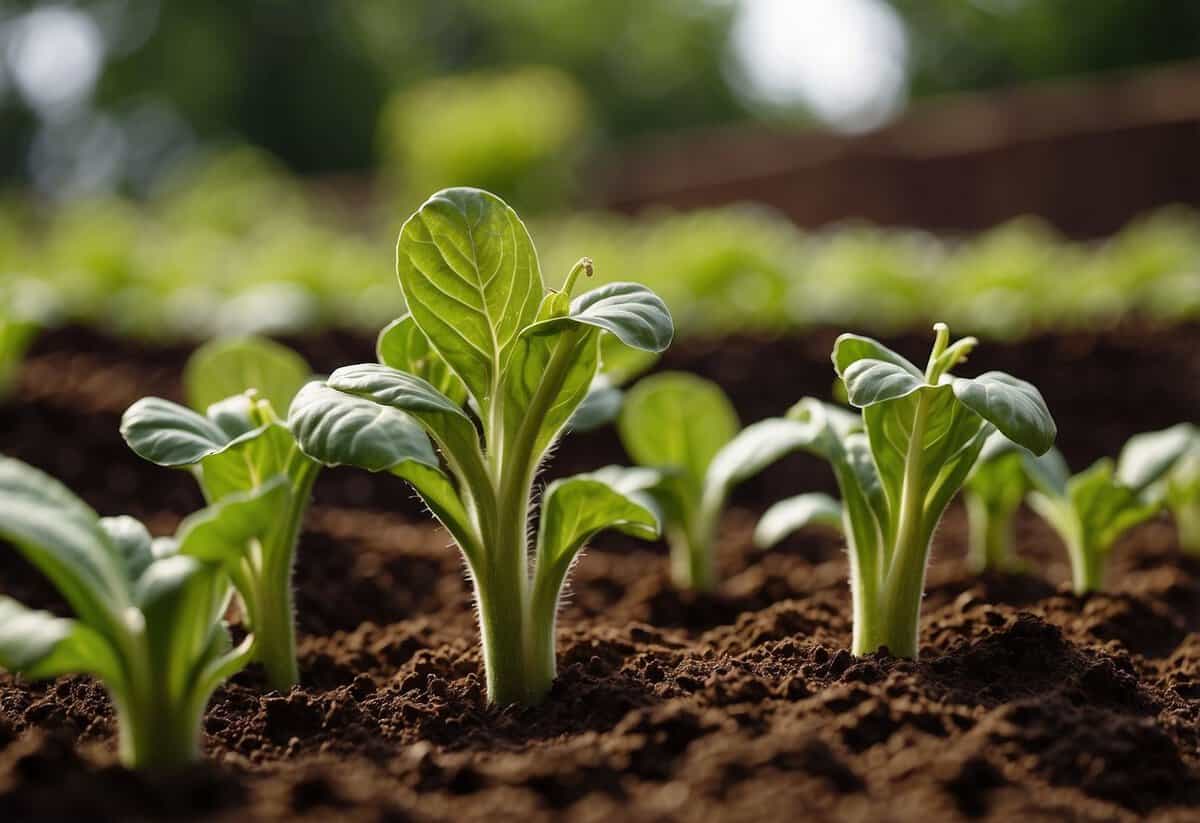
Using coffee grounds can enhance your garden soil, whether you need to adjust the acidity or improve the soil’s texture. Here are key points to make the most out of this wonderful resource.
Balancing Acidity for Thriving Plants
Coffee grounds are often thought to help acidify garden soil. This is only true for fresh grounds which are acidic. Plants like blueberries, hydrangeas, and azaleas, which thrive in acidic soil, benefit from these.
However, once brewed, coffee grounds lose almost all their acidity. So, if you mix used coffee grounds into your soil, they won’t significantly alter the pH. Focus on fresh grounds if you need a quick acidity adjustment or mix both fresh and used to keep your soil balanced.
Enhancing Water, Nutrient, and Air Flow
Coffee grounds can transform clay-heavy soil by breaking it up and improving drainage. This helps water, nutrients, and air to flow more freely through the soil. You’ll find this particularly beneficial for plants that suffer from waterlogged conditions.
Sprinkle coffee grounds in your compost or directly into the soil where they decompose. As they break down, coffee grounds release nitrogen, an essential nutrient for plant health. Regularly adding coffee grounds ensures your soil remains airy and fertile. This simple addition can make a big difference in your garden’s productivity.
By integrating coffee grounds, you’re giving your plants a manageable, nutrient-rich environment that encourages strong growth and health.
Best Practices for Using Coffee Grounds
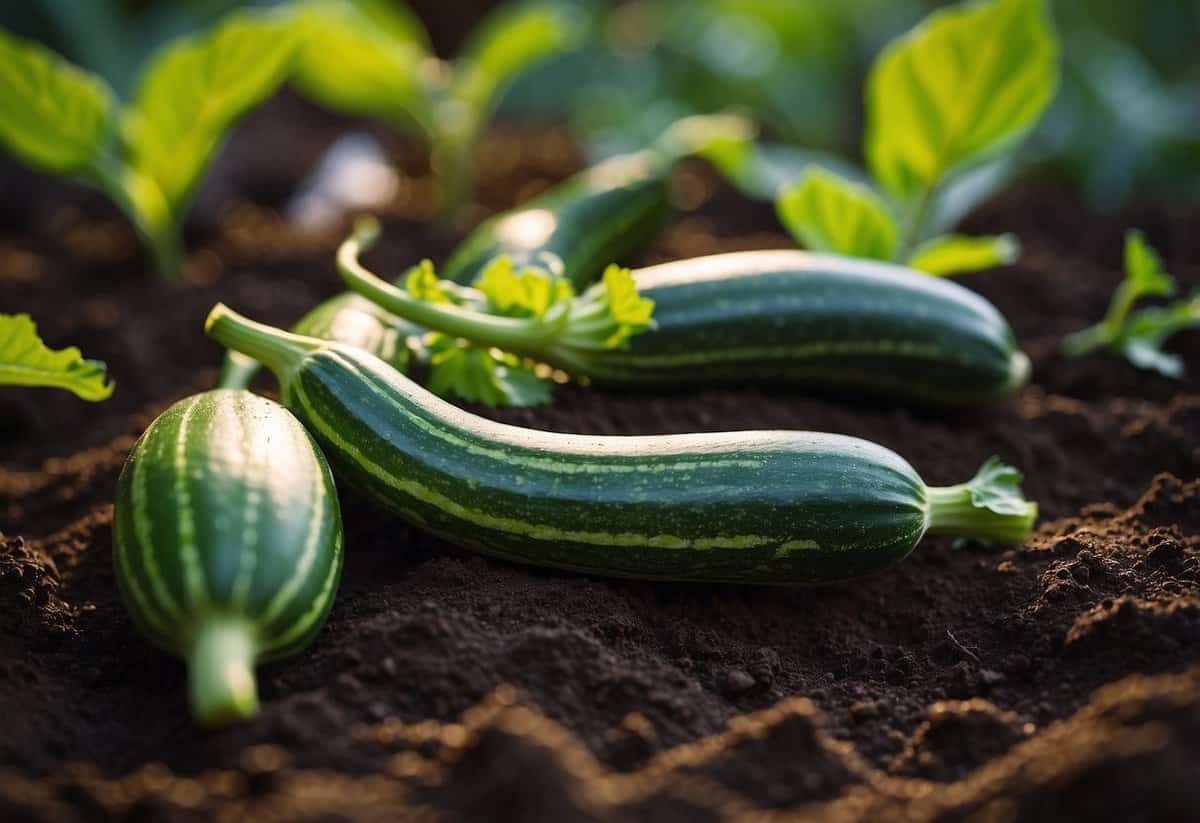
When using coffee grounds in your garden, it’s important to apply them correctly to benefit your plants without causing harm. Here are some best practices to follow for different types of plants and guidelines for the right amount to use.
Application Methods for Various Plant Types
Vegetables: To use coffee grounds with vegetables, sprinkle a thin layer around the plants. Mix them into the soil gently to avoid disturbing roots. Coffee grounds help improve soil structure and add organic matter that vegetable plants need.
Flowers: For flowers, especially those that thrive in acidic conditions like azaleas and camellias, spread the coffee grounds around the base. Ensure even distribution and avoid piling them up to prevent mold growth.
Acid-Loving Plants: Plants such as blueberries benefit from the slightly acidic nature of coffee grounds. Mix the grounds into the soil at the root zone. This helps enhance soil acidity and provides essential nutrients for these plants.
Frequency and Quantity Guidelines
Vegetables: Apply coffee grounds sparingly. A thin layer every 2-4 weeks is sufficient. Overuse can lead to excessive soil acidity which can harm vegetables.
Flowers: For flowers, a monthly application of a small handful per plant should be enough. Too much can lead to hindered growth due to potential caffeine residues.
Acid-Loving Plants: For these plants, you can be a bit more generous with the quantity. Apply a quarter-inch layer every month. This amount helps maintain the soil pH while providing nutrients.
Maintaining the balance is key. Too much can harm, whereas the right amount nurtures your plants effectively. Use these guidelines to enrich your garden responsibly.







